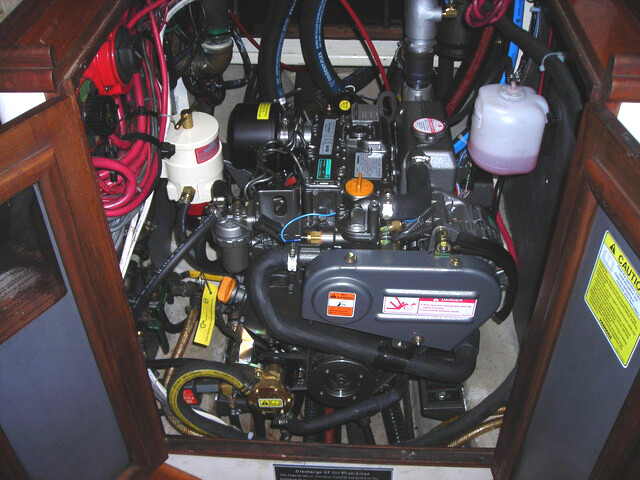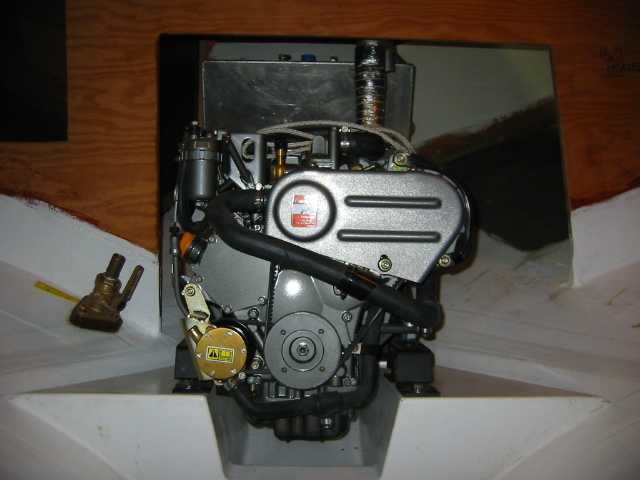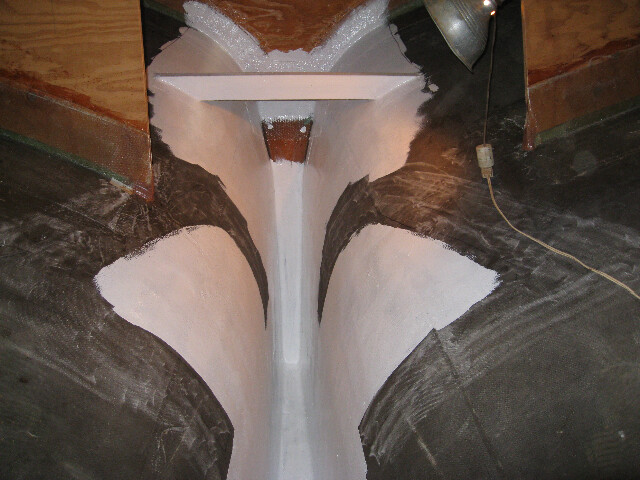IDUNA Wrote:
Our engine is fitted with a 35 amp alternator.
House bank capacity is 450 amp. Regulator is a
Balmar ARS-5 multi-stage unit. Based on current
thinking or market trends, an alternator of 1/4
the house bank is recommended or 100 amps.
When we charge our batteries with the alternator,
the bulk phase charging time is less than a minute
before the regulator switches to the acceptance
phase - 25-28 amps starting. Based on the house
bank capacity and the max output on the regulator,
I would expect the bulk phase period would be
longer and the alternator amp output to be greater
than 30 amps. This is not the case. Granted amp
output of an alternator decreases as temperture
increases.
I am curious, if anyone else has ever observed amp
output during the charging phase and the length of
time of the bulk phase before the acceptance phase
occurs.
Our last boat had a “smart regulator” and high amp
alternator. The bulk phase was relatively short
before the acceptance phase.
Rod
Rod,
I’ve started a new thread as this isn’t really about repowering. I’ve spent lots of time, plotting alternator amps out and house battery volts, over time. The alternator amps during bulk charging, using a smart charger, can be close to the alternator’s rating,and that can destroy the alternator. The alternators that come standard on engines are not heavy-duty enough to run flat out for very long. The alternator’s rating is probably based on a cold alternator, and output is less when it heats up during bulk charging. When you are getting 28-30A out of a 35A rated alternator it is probably putting out its max at that temp. I know of several cases where smart regulator-driven (non-high output) alternators have been burned up, with solder running out the bottom! High output alternators are much more sturdy–bigger bearings, diodes, KKK rating, better belts, etc. (see the Primer at amplepower.com).
A short bulk phase could be due to sulphated batteries, or if your battery bank is not deeply discharged.
On Shaula’s 3GM30F, I have an Ample Power smart regulator (SARv3) and their 105A alternator, and have adjusted to SAR down to a maximum output of about 50A. Our house bank is 200Ahrs, and I’m probably being overly protective, but this was easier on the engine, alternator and the batteries.
Hope this helps.
Dan


